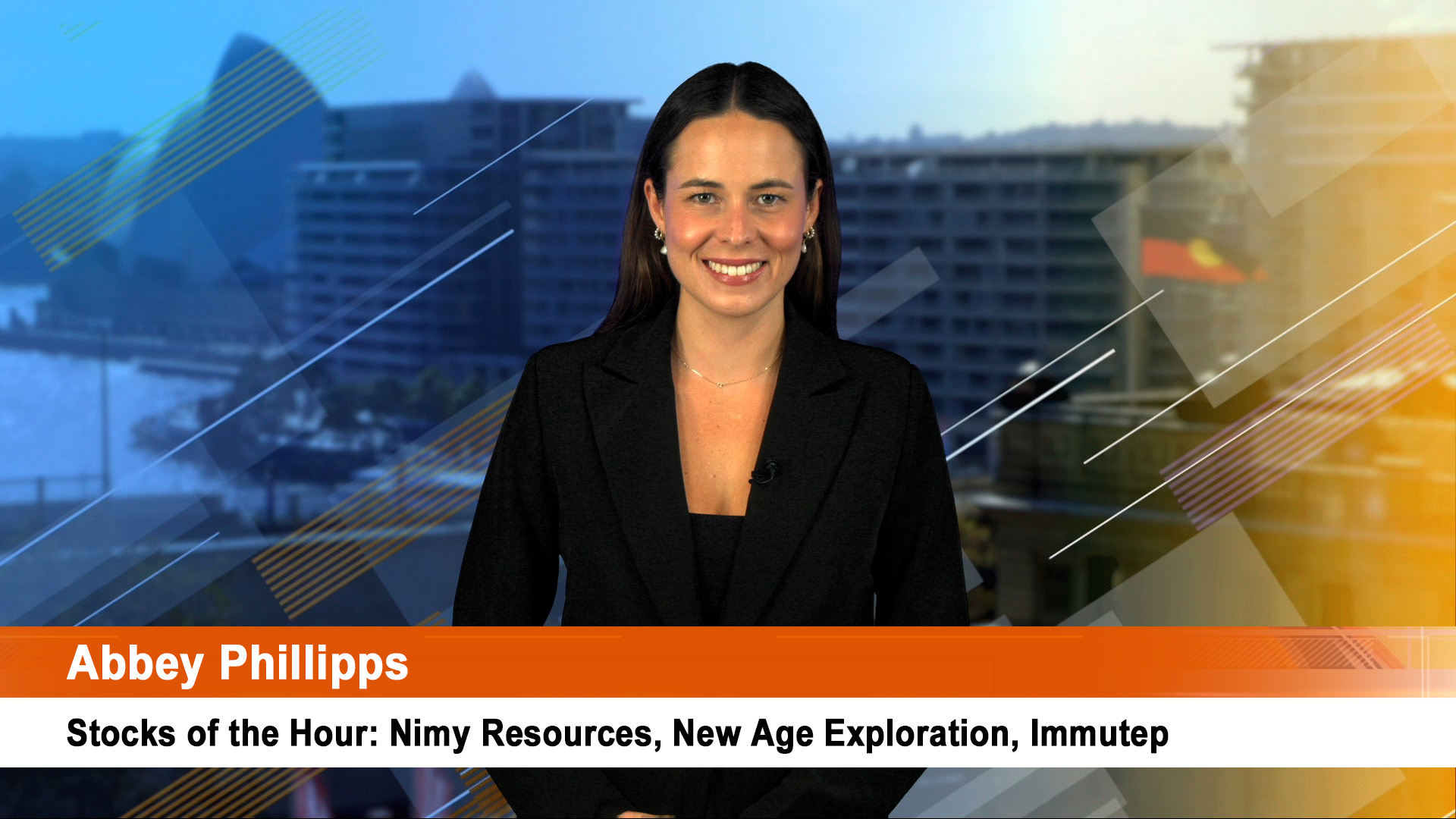More pain for shareholders in the struggling US giant conglomerate, GE with a big new insurance cost revealed, more losses, a higher ongoing tax bill and the growing possibility of major break up of the the company which only a couple of years ago was America’s industrial icon.
Chief executive, John Flannery, who took over at GE last August, told analysts on Tuesday that the company was now examining options for its power equipment, aviation and healthcare divisions that “could result in many, many different permutations, including separately traded assets really in any one of our units”.
The partial or total spin-offs under consideration would represent the latest step in dismantling the sprawling conglomerate built under Jack Welch, who ran GE from 1981 to 2001 as it expanded in areas as diverse as financial services and reality television.
While they were moves that won acclaim from shareholders and the markets generally (and especially analysts and business media) at the time, they have now left the giant crippled and ill-equipped to compete with the modern tech-driven rivals (such as Amazon, Apple etc).
Mr Flannery revealed his new thinking on GE’s structure after the company revealed it would have to pay $US15 billion over the next seven years to cover continuing liabilities from insurance businesses that it sold more than a decade ago.
The company sold its insurance operations between 2004 and 2006 but was left with a legacy portfolio, mostly of long-term care policies. After a review of its remaining liabilities launched last year GE was forced to stump up with extra payments of $US3 billion next month and a further $US2 billion every year until 2024.
Like so many other insurers that have sold annuity style products, GE is being hit by the longer life expectancies of its clients. It is being repeated in the UK, Australia, where ever life insurance has been sold, particularly products designed to support retirees. They are living longer and not dying younger as they did two decades ago.
That news was completely unexpected, shocking investors with the size of the charges and their probable impact on earnings.
GE reports earnings for the fourth quarter of 2017 next week, and the payments will see it taking a charge of $US9.5 billion before tax and $US6.2 billion after tax.
But the company is likely to report losses in the billions as result of these charges and others associated with changes revealed last year as well as weak operating earnings from its continuing businesses.
On top of this, while revealing its new insurance charges, GE also gave more detail on the expected impact of the US corporate tax cut – the news was another surprise – the company won’t see a continuing benefit for some time.
It plans to take a $US3.4 billion charge in the fourth quarter, reflecting the reduced value of deferred tax losses and the new charge on foreign earnings.
Jamie Miller, GE’s chief financial officer, said she expected the net cash effect over the next few years to be “small”, and the company’s effective tax rate to be in the “low to mid-20s [per cent]” in the longer term.
That would be a higher tax charge than GE has paid for many years and make GE a rare loser from the much trumpeted tax plan.
To try and put a positive spin on all of this, Mr Flannery revealed plans to expand his previous planned shake up of GE.
Possible precedents for the restructuring could include Synchrony Financial, the consumer credit business that was spun off partially and then completely (and which has attracted buying support from Warren Buffett’s Berkshire Hathaway group) and Baker Hughes, the oilfield services group in which GE retains a 62.5% stake and which could be sold completely. That was hinted at in last November’s statement from GE and is newish CEO.
Mr Flannery said the company would give an update on its proposed restructuring in the US spring.
Mr Flannery has already announced the planned sales of GE’s transport division, which makes diesel locomotives, and, its lighting and energy management business. Paying for the new, higher insurance liabilities will mean further asset sales from the remaining businesses of GE Capital, the financial services division.
GE will cut those from $US76 billion of assets at the end of 2017 to about $US60 billion by the end of 2019. The combined impact of the cost of the higher liabilities, asset sales and associated costs means GE Capital will not pay a dividend to its parent group “for the foreseeable future” according to this week’s statement (http://www.genewsroom.com/press-releases/ge-provides-update-insurance-review-62b-after-tax-gaap-charge-4q’17-284197).













